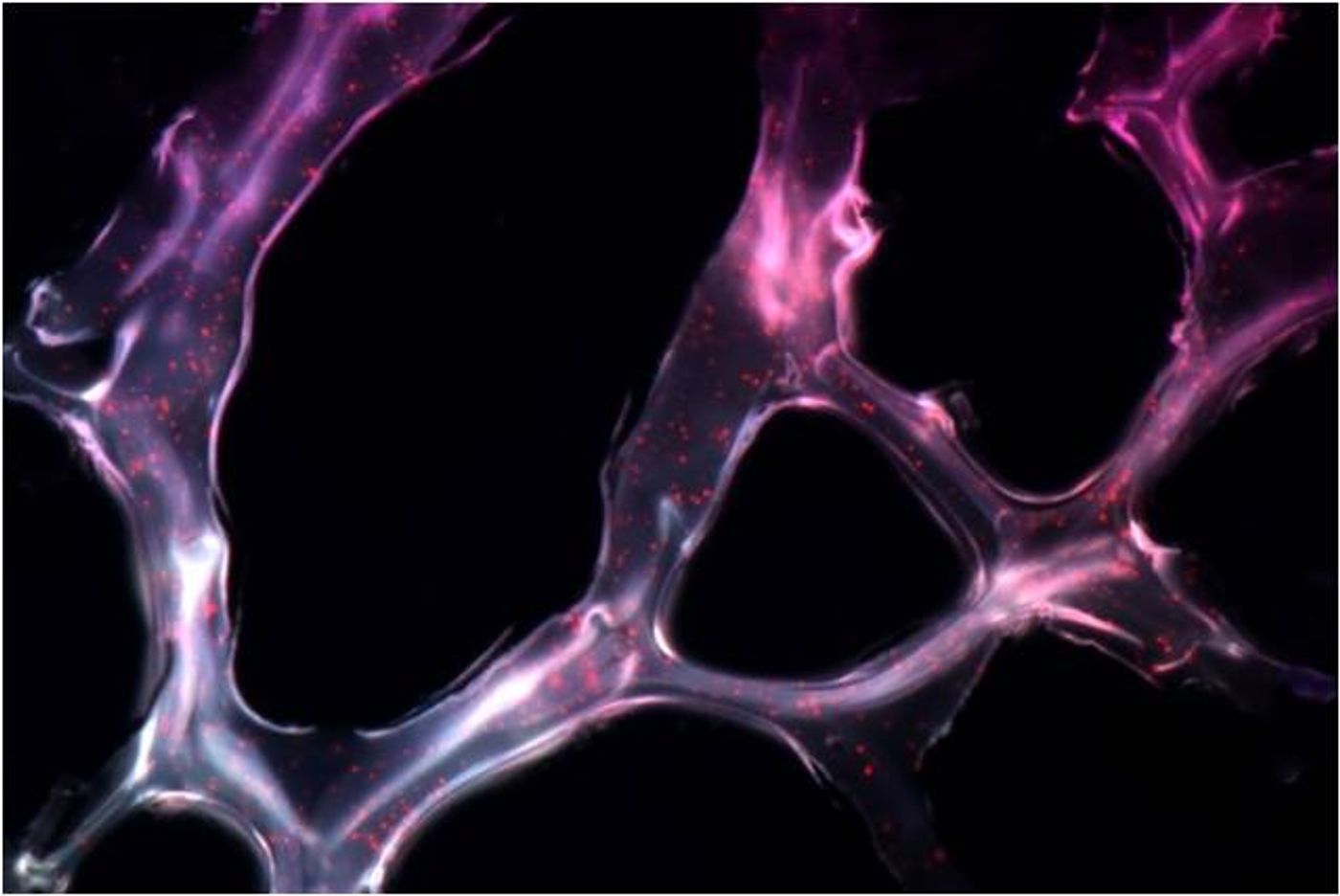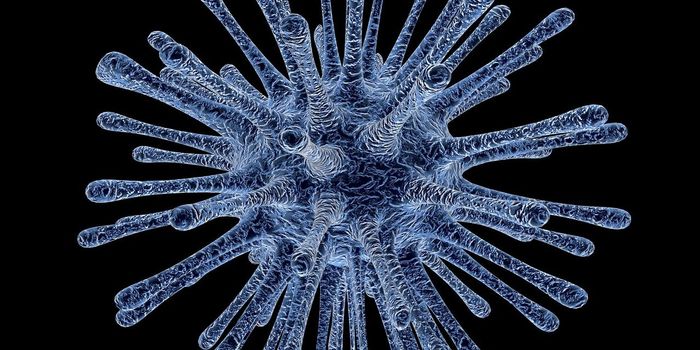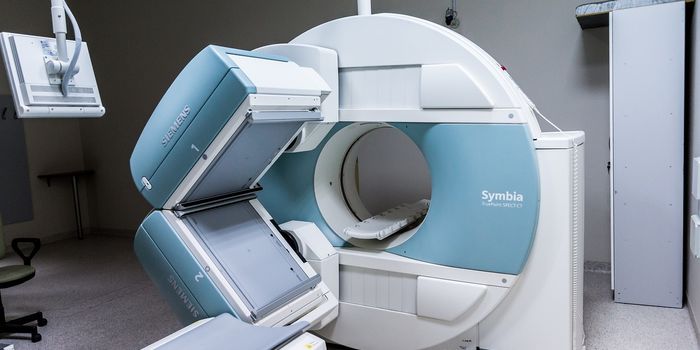Since their discovery in the early 1990s and 2000s, micro RNAs (miRNAs) have been implicated in a variety of human conditions, including cancer. But scientists also suspected that modulating the levels of certain miRNA could have therapeutic effects against cancer growth. The real challenge was a lack of efficient delivery system that could release miRNAs to targeted tumor cells. Researchers at Massachusetts Institute of Technology may have solved this problem, and in the process, shrank tumors by 90%.
Micro RNAs (miRNAs) are simply short nucleotide sequences, usually 21-23 bases long, and act to silence gene expression. In some human cancers, certain miRNAs are either too overactive or underactive, which leads to cancer genes to be erroneously expressed. In this study, the research team focused on 2 naturally occurring miRNAs: miR-205, which is frequently silenced in cancer cells; and miR-221, which is often overactive in cancer cells.
Because traditional miRNA delivery methods have been inefficient, the team created their own system, which consisted of three miRNA sequences that self-assembled into a triple helix. Each of the three miRNA sequences had unique functions: one sequence mimicked the actions of miR-205 to silence cancer cells; one sequence blocked the activity of miR-221; and the last sequence added stability to the triple helix.
The triple twists of the miRNAs proved to be a more stable structure than single or double RNA strands. The team then added two previously developed polymers, dextran and dendrimer, to create an adhesive hydrogel that protected the RNA triple helix. This hydrogel concoction is also injectable, which further aided delivery of the miRNA to targeted tumor sites.
Upon tumor contact, the miRNA-dendrimer nanoparticles get released and absorbed into tumor cells. The triple helix then gets dissociated into the three miRNA sequences. Each miRNA acts separately but synergistically to kill the tumor.
To test their miRNA delivery platform, the scientists injected the gel into mice with triple-negative breast tumors. These mice represent the most intractable form of breast cancer, as they lack all three common breast cancer markers: estrogen receptor, progesterone receptor, and Her2. In these mice, the triple helix treatment shrank tumors by 90% while increasing survival rate from 7 days to 75 days. These results were far superior to other treatments that included injection of the same miRNAs in single and double strand form.
The dramatic and successful shrinkage of the mouse tumor is great proof of principle for the method of triple helix miRNA delivery. With one injection, the researchers were able to turn on a tumor-suppressing miRNA while snuffing out the one that causes cancer. Additionally, the structures are highly stable and easily targeted to cancer cells. The researchers are now looking to further expand the applications of their triple RNA helix method. Conceivably, this method could be adapted to treat other types of solid tumors, and deliver different types of RNA, DNA or other therapeutic agents.
Sources:
Nature Materials,
MIT News










